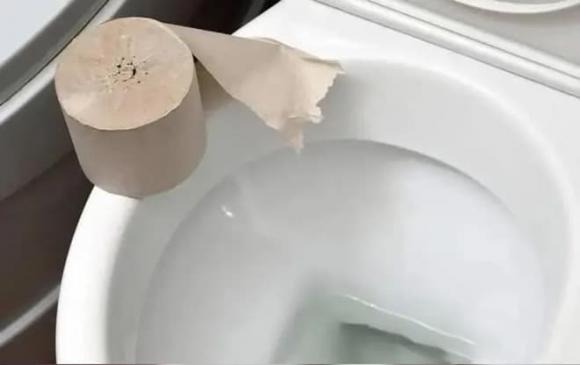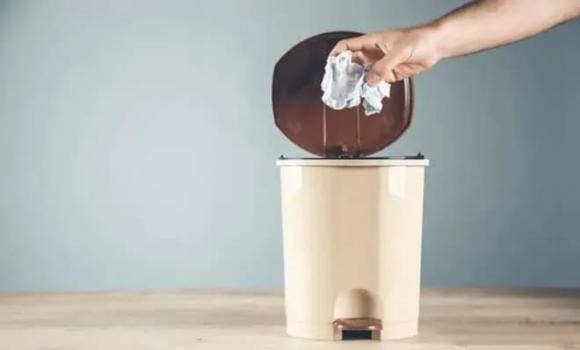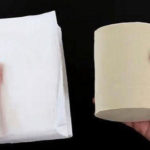Toilet Paper and Proper Usage
Toilet paper hasn’t always existed; it was invented and improved over time alongside the development of human civilization.
Have you ever experienced a clogged toilet after flushing toilet paper down? This not only leaves an unpleasant odor but also disrupts daily life. So, is it okay to flush toilet paper?

Toilet paper was introduced and evolved over time with the advancement of human civilization.
When is it acceptable to flush toilet paper?
Toilet paper designed for hygiene after using the restroom is typically quick to dissolve in water and less likely to clog pipes. Therefore, if you’re using this type of toilet paper, you can safely flush it down the toilet.
However, if you’re using other types of paper products, such as facial tissues, handkerchiefs, or paper towels, refrain from flushing them directly. These papers tend to clump together and cause blockages, leading to unnecessary problems.
Factors influencing whether to flush or not
Apart from the type of paper, other factors come into play when deciding whether to flush paper down the toilet. These include the toilet’s flushing power, the condition of the pipes, and the design of the septic tank.
Generally, if your home toilet has a strong flushing system and direct waste pipes, it’s safe to flush toilet paper. This reduces the risk of bacterial growth and spread in trash bins, keeping your bathroom cleaner and more hygienic.

Various factors influence whether it’s advisable to flush paper down the toilet.
However, if your toilet has a weak flushing system and waste pipes with twists and turns, it’s best not to flush toilet paper directly. It can easily get stuck and cause blockages.
Additionally, when using public restrooms or those in hotels, refrain from flushing toilet paper. This is due to the high foot traffic and frequent usage. Even toilet paper with good dispersibility can lead to clogs in such settings.
Moreover, many public places don’t provide toilet paper or run out frequently, so you may need to bring or purchase your own. This alternative paper often doesn’t meet the same standards and can easily cause blockages. To avoid hassles, it’s advisable to dispose of toilet paper in trash bins or designated paper bins nearby.



































